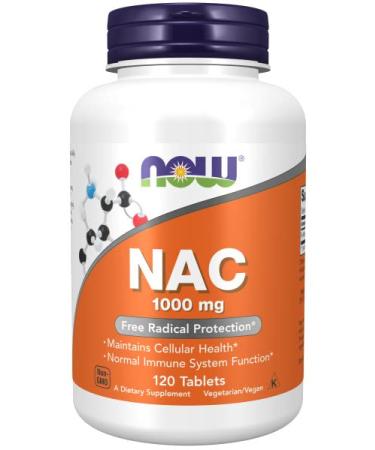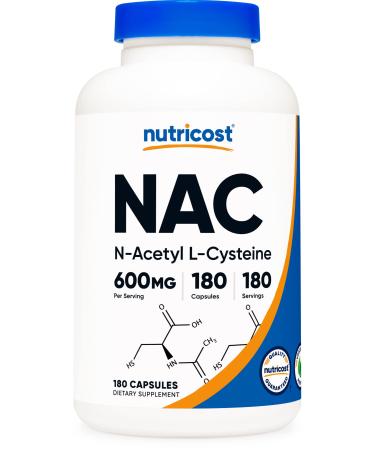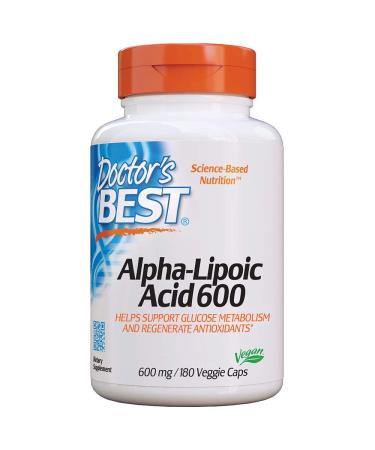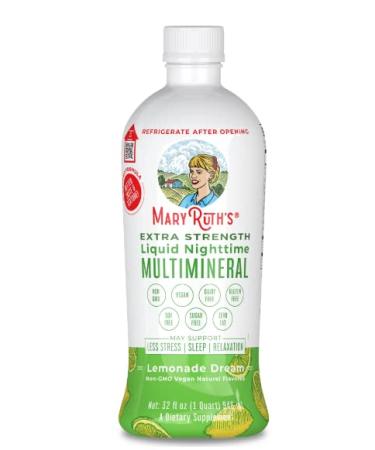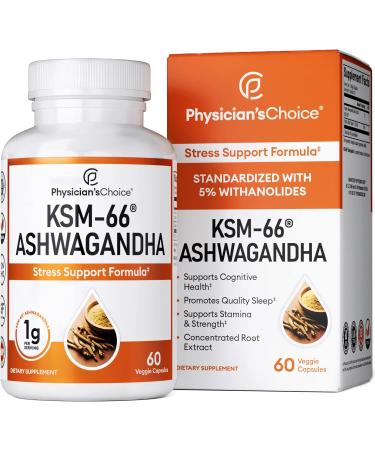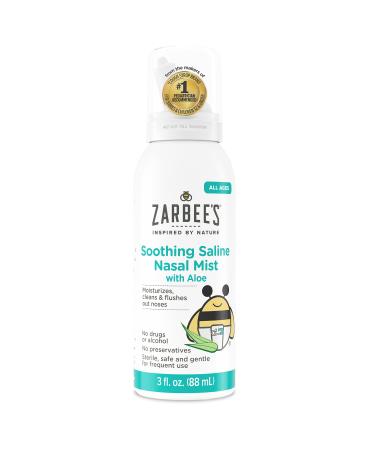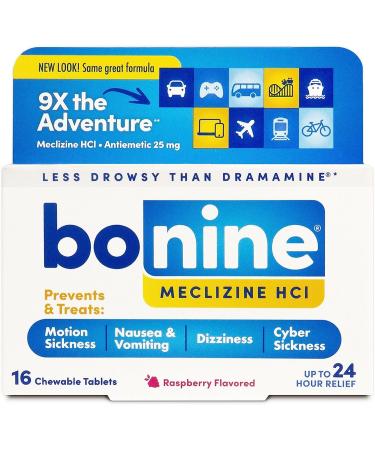NAC Is The Premier Nutrient For Redox Support. "Redox" stands for "reduction-oxidation." Reduction indicates relative electron abundance, which is good for health, and oxidation indicates relative electron scarcity, which is bad for health. The healthy body has sufficient reducing power to keep oxidative challenges under control. The body under oxidative stress typically has less reducing power, with fewer electrons available to cope with oxidative challenge. Maintaining redox balance on the side of electron abundance is crucial to health.
Redox regulating enzymes maintain the necessary balance by drawing electrons from cysteine or glutathione, then positioning them on redox-sensitive enzymes and other proteins (such as receptors, transporters, and gene regulators). Redox-sensitive proteins typically have sulfur groups that must be kept loaded with electrons in order for the molecule to work.25 NAC, the cysteine it provides, and the glutathione made from cysteine all have sulfur groups available to donate electrons to those proteins that need them.2,3
In the blood, it is reduced cysteine that mainly determines the redox balance, but inside the cells glutathione predominates.2,3 By supplying cysteine, both to sustain blood cysteine and for the cells to make glutathione, NAC is the body's premier redox support nutrient.
Selenium Activates Glutathione Enzymes, Other Redox Proteins
The selenium atom's unique electronic properties are specifically required by at least 25 "selenoproteins," including the four glutathione peroxidase enzymes that use GSH to provide protection against oxyradicals.7,26 Several other Se proteins are redox enzymes that help regulate a complex web of redox-sensitive proteins involved in gene activation, protein synthesis and cell to cell communication.2,7,26
Another Se protein family includes several enzymes that regulate iodine metabolism and healthy thyroid hormone production.4 Other Se proteins regulate muscle development and sensitivity to calcium. Still others support and regulate healthy immunity.27 Altogether, the Se proteins have complex functional interrelationships with cysteine, glutathione, and other substances with active sulfur groups, as well as with the Mo enzymes, to protect and regulate a broad swath of life processes.
Molybdenum Enzymes Detoxify Sulfur Toxins
Molybdenum's electronic properties are required by sulfite oxidase (SO) and at least 3 other enzymes that detoxify various sulfites and bisulfites.5 These potentially toxic sulfur compounds are generated from breathing sulfur dioxide, a common environmental air pollutant, but also from the body's normal metabolism of the sulfur in proteins and other biomolecules.28 Sulfites also are sprayed onto vegetables at salad bars to prevent spoilage, used as preservatives in wines, vinegars, and other foods, and also employed to preserve medical products. Inadequate functioning of SO results in difficulties from sulfite buildup in the blood and tissues.5
Sulfite buildup can initiate toxic reactions that especially target energy production by the mitochondria.28 The body's four molybdenum enzymes work to detoxify a variety of potentially toxic substances produced from sulfur. Among the substances they help detoxify are "free radical" combinations of sulfur with oxygen or nitrogen that potentially could deplete glutathione.5,28 Molybdenum is a crucial dietary component of the glutathione redox system.
These Detox Regulators Are Also Antiox and Redox Regulators NAC, Se and Mo support, enhance and promote not just detoxification but also the interconnected metabolic webs of antioxidant defense and redox regulation.
Antioxidant Defense Centers On Mitochondria. Cysteine and lesser amounts of other antioxidants in the blood provide help defend against newly absorbed toxins.2,3 Those toxins that penetrate into cells can be neutralized by glutathione, which occurs in high concentrations in the cell interior.2 But the mitochondria need glutathione to cope with the ongoing toxic challenge that they themselves create.29
As the cells' microelectric generators, the mitochondria generate our life energy by using oxygen to "burn" our foods. But oxygen is highly reactive and is continually generating oxyradicals within the mitochondria. These oxyradicals can generate "downstream" oxidants such as nitrogen radicals, sulfur radicals, and peroxides. The mitochondria cannot make their own glutathione, and instead use energy to import glutathione from the cell cytoplasm into their interior.29 They also use Se and Mo enzymes for additional protection.4,5 Supplementing the diet with NAC, Se and Mo helps the mitochondria avoid self-destruction from their own free radical production.
Redox Regulates Life. In the healthy body, an overall reducing redox balance, i.e., relative abundance of electrons, helps keep the sulfur groups of proteins saturated with electrons and fully active. Such redox-sensitive proteins make up the vast majority of the cell's proteins, and collectively ensure healthy production and utilization of DNA, RNA, phospholipids, proteins, hormones, and thousands of other essential biomolecules. Healthy redox balance also is essential to regulate energy generation, gene and chromosome activities, cell growth and proliferation, cell-to-cell coordination, electrical activity, wound healing and regeneration, detox and antiox defense, and practically all the other life processes.2,3,25,26
By simultaneously enhancing the body's detox, antiox and redox systems, this product's nutrient combination is a boon to anyone striving for optimal health or seeking additional nutritional insurance against the hazards of living and working in the modern world.
SCIENTIFIC REFERENCES go to Doctor's Best for information on scientific references



